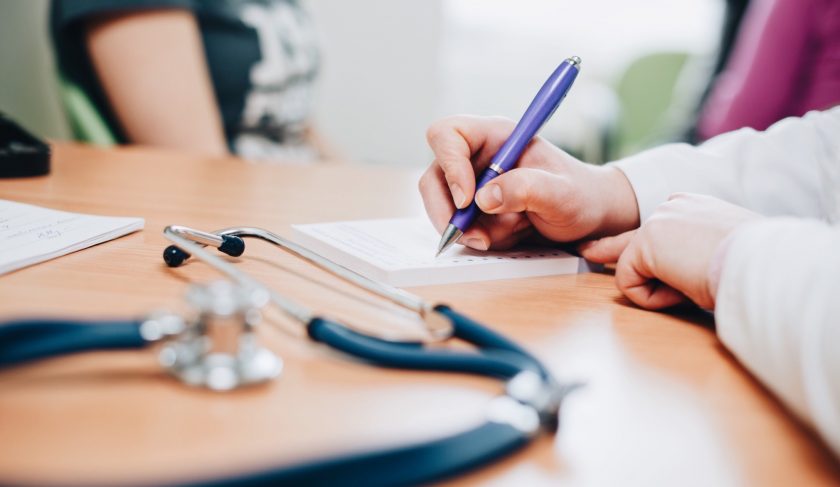
(ARA) – Every day in the United States, about 165 kids – or roughly four busloads of children – are seen in emergency rooms for accidental medication poisonings. Medications are the leading cause of accidental child poisoning deaths today, according to the Centers for Disease Control and Prevention (CDC).
A new report by Safe Kids Worldwide found that the percentage of child-poisoning deaths due to medications has nearly doubled – from 36 percent to 64 percent – even though the death rate among children from poisoning overall has been cut in half since the 1970s.
The report offers several reasons for the increase in medication poisoning:
* More medications than ever are in the home, especially prescription pain medication.
* The pace of today’s lifestyle may prevent caregivers from immediately putting medicines away in a high, out-of-sight and locked location after every use.
* The rise in multi-generational households means children may now have greater access to grandparents’ medications.
“More than 60,000 children are treated in emergency rooms each year due to accidental medication ingestion when they were unsupervised,” says Kate Carr, president and CEO of Safe Kids Worldwide, who released the research. “Every one of those trips could have been prevented. We can and must do better to ensure parents, grandparents and caregivers have the right information when it comes to safely storing and dosing medication.”
Among young children, 95 percent of medication-related poisoning visits to emergency rooms are caused by a child ingesting medication while unsupervised, and approximately 5 percent are due to dosing mistakes made by caregivers, according to published studies.
Safe Kids Worldwide recommends the following tips to protect young children:
1. Always put medicines and vitamins up and away and in a locked location after every use. Never leave them on the counter between dosings. Don’t be tempted to “keep them handy” in a purse, backpack or briefcase, or in an unlocked cabinet or a drawer within a child’s reach.
2. Always read and follow label instructions when giving medicines to children. If your child’s medication does not have dosing information or instructs you to call a doctor for the dose, be sure that the doctor knows the exact product you are trying to use, because dosing differs among products.
3. Only use the dosing device packaged with the medications. Never use a household utensil, such as a teaspoon or tablespoon, to measure medicine.
4. Up to 20 percent of pediatric poisonings involve a grandparent’s medication, according to the Journal of American Osteopathic Association. Make sure that all medications in the child’s environment are stored out of reach and out of sight.
5. Program the nationwide Poison Help number (800-222-1222) into your phones.
For more helpful tips and to read the full report, “Safe Storage, Safe Dosing, Safe Kids: A Report to the Nation on Safe Medication,” visit www.SafeKids.org.